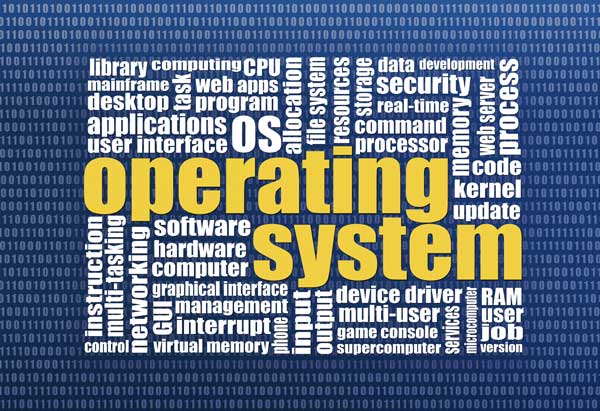Linux is the most widely-used operating system in the world, powering everything from smartphones to web servers. Yet many average consumers are unaware of Linux’s dominance. This article explores the history of Linux, from its humble origins as a hobby project to its current status as the underlying OS quietly running the digital world.

Linus Torvalds and the Birth of Linux
In 1991, a Finnish computer science student named Linus Torvalds created the first version of the Linux kernel. At the time, Linus was just looking to get more out of his new 80386 processor and didn’t intend to create a full operating system. He reached out to other programmers for help, coyly describing Linux as “a (free) operating system” that was “just a hobby, won’t be big and professional like gnu.” Of course, Linux turned out to be much more than a hobby. The first Linux kernel wasn’t open source. But in 1992, Linus made it open source at a friend’s suggestion. This decision boosted Linux’s popularity enormously. Meanwhile, Linus continued working as a software engineer, even taking a job at Transmeta Corporation after moving to the US.
The Early Growth of Linux
In the mid-1990s, NASA became one of the first major organizations to adopt Linux. With budgets tight after the Cold War, NASA dropped expensive supercomputers in favor of Linux clusters built with mainstream PCs. This put Linux on the map and attracted interest from major computer companies. IBM, Dell, and HP were drawn to Linux partly as a way to counter Microsoft’s dominance with Windows. Their support helped propel Linux from a niche operating system to a viable commercial option. Before long, Linux was gaining ground not just as an alternative, but as the superior choice for servers and enterprise software.
Why Linux Appeals to Companies
So what makes Linux so attractive, especially for business use? There are several key factors:
Customizability: Linux is highly configurable, allowing it to run efficiently on any hardware. It can be tuned to get the best performance based on specific needs.
Security: Thanks to its open source code, Linux benefits from worldwide scrutiny by developers looking for vulnerabilities. This makes it extremely secure.
Scalability: Linux can leverage thousands of machines together seamlessly, handling the enormous traffic loads of today’s websites and apps.
Cost: While enterprise Linux isn’t free, it’s far cheaper than Windows server software. Companies pay for support, not the underlying software. Considering these advantages, it’s no surprise that Linux rapidly gained a foothold among businesses and technology companies in the 2000s.
The Growth of Enterprise Linux
While Linux itself is free, companies like Red Hat sell enterprise Linux distributions that include technical support and other services. These commercial offerings made Linux even more business-friendly. Red Hat charges $180-$2,500 for its Red Hat Enterprise Linux product. Compare this to $500-$6,000 for Windows Server, and the appeal of Linux for enterprises becomes clear. IBM cemented Linux’s business role when it acquired Red Hat for $34 billion in 2019. Today, an estimated 90% of Fortune 500 companies rely on Linux in some capacity.
Linus Torvalds and the Linux Foundation
Even as Linux achieved widespread corporate adoption, Linus Torvalds remained committed to the open source model. In 2003, he joined the Open Source Development Labs, a nonprofit supporting open source projects. This group later merged with another nonprofit to form the Linux Foundation in 2007. With Linus as its figurehead, the Foundation now has over 1,000 corporate members including tech giants like Google, Microsoft, Amazon, and more. The Linux Foundation pulls in around $200 million per year, much of it from membership dues as high as $500,000 annually. This funding supports continued Linux development and promotion.
The Ubiquity and Influence of Linux Today
From its origins as a hobby, Linux has grown to become truly ubiquitous: Over 96% of the world’s top 1 million websites run on Linux servers. Linux powers Android, the dominant smartphone operating system with over 3 billion users. Behind the scenes, even Microsoft uses Linux extensively instead of Windows for its cloud infrastructure and services. In total, over 5 billion devices worldwide likely run some form of Linux. No single person or company controls Linux. Its success stems from a massive global community of open source developers collaborating to improve it. The decentralized nature of Linux development means no one entity can exert undue influence over the world’s digital infrastructure. As long as the Linux community continues working together, Linux will likely continue quietly powering the online world.
Conclusion
Far from its origins as a hobby OS, Linux has grown to become the most influential operating system on the planet. Its open source model has allowed Linux to become robust, secure, and adaptable enough to quietly dominate servers, data centers, smartphones, and the internet itself. Linux may fly under the radar of the average consumer, but it’s hard to overstate its importance in powering the digital world as we know it.






